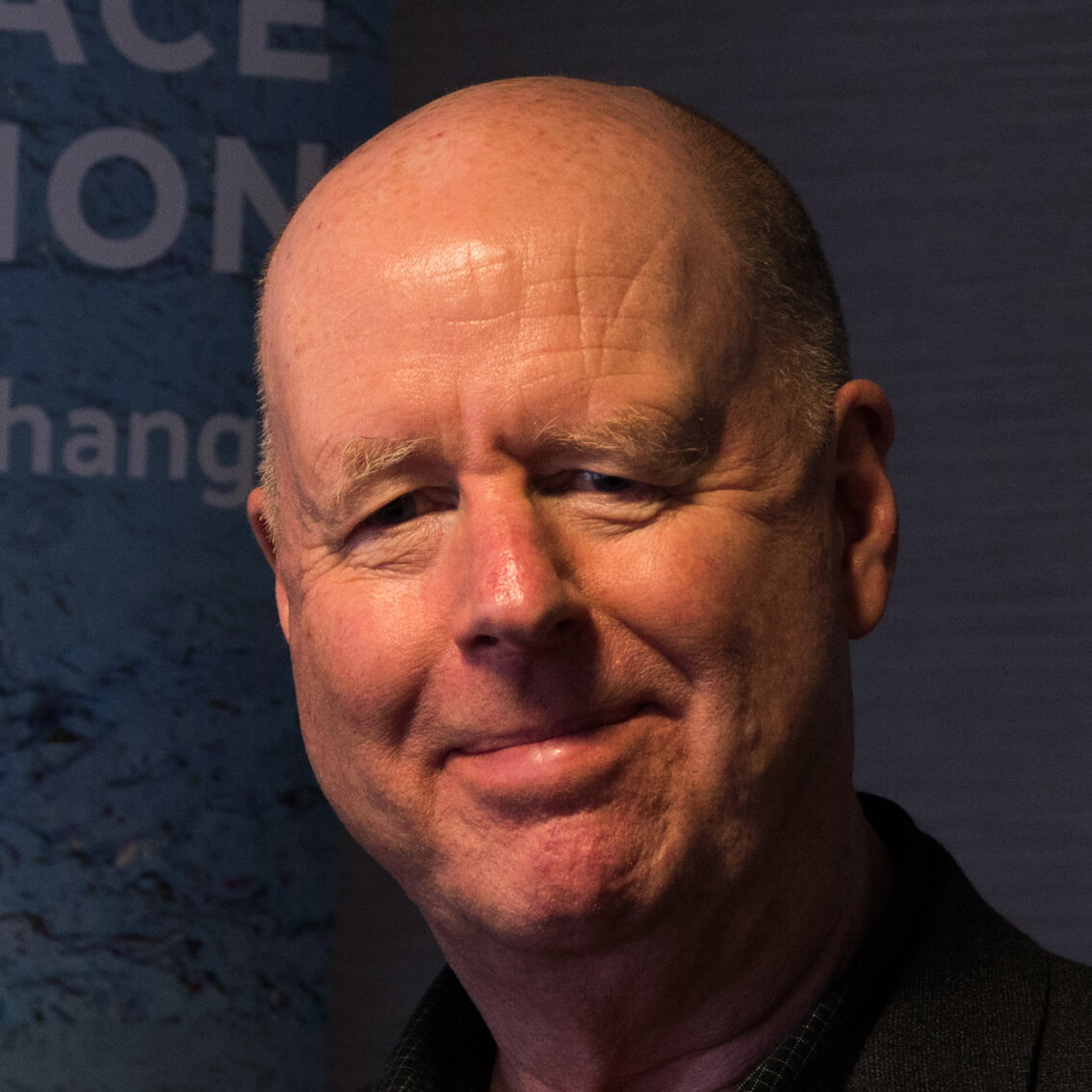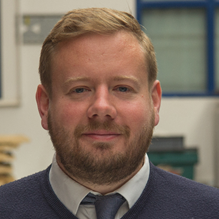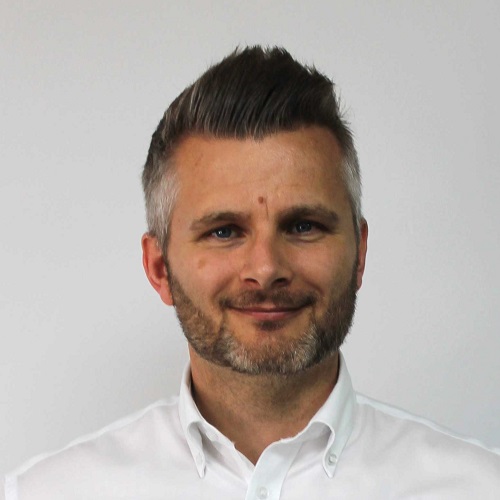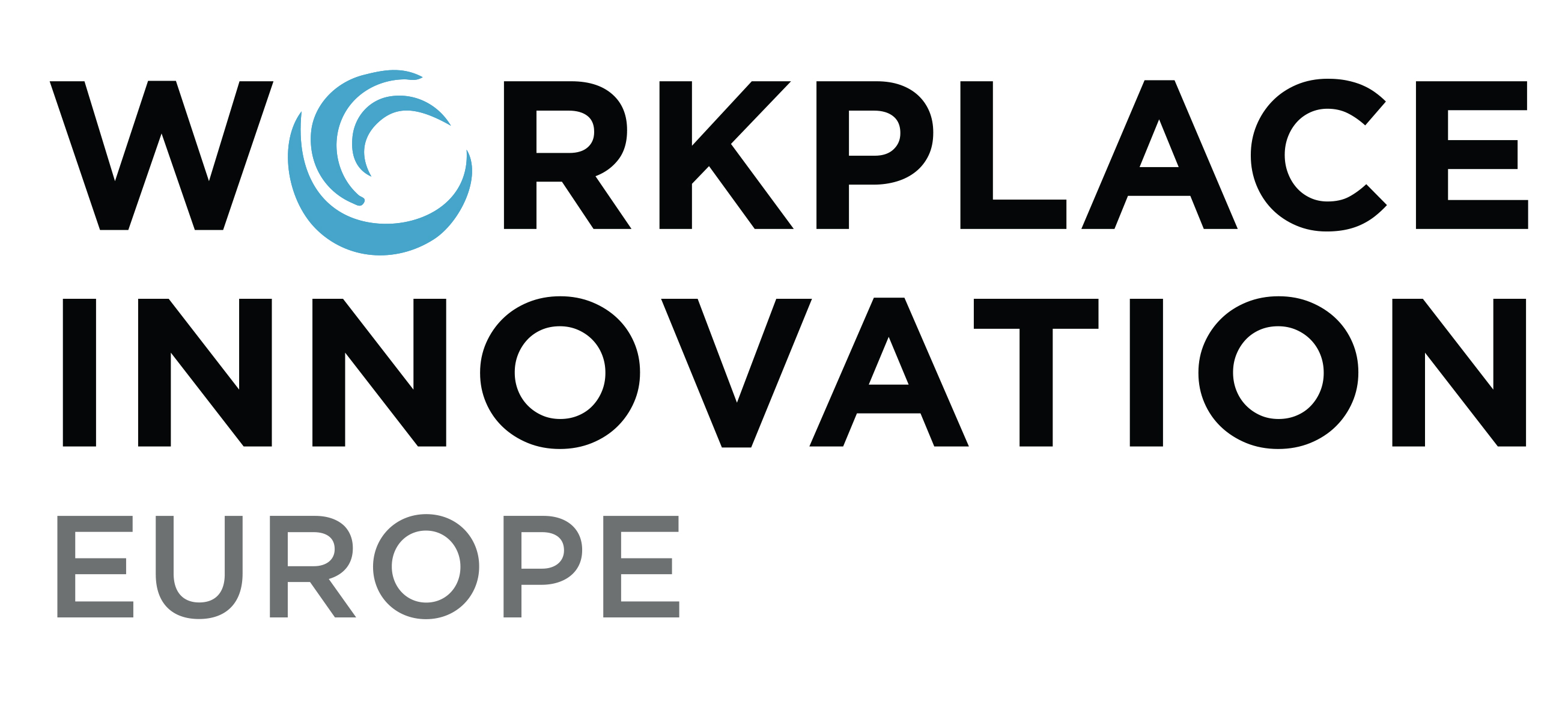Employee ownership can and does work for businesses
“Employee owned businesses generate higher levels of productivity by empowering staff to take decisions and feel valued to do so.”
(R. Andrew Davies: the Living Story of Gripple)
If the introduction of innovative workplace practices can enable all employees to use and develop their skills, knowledge, experience and creativity, leading to enhanced performance and quality of working life, how can we stimulate that introduction process?
One option is to leverage employee ownership – a more committed form of employee engagement that allows delegation of decision-making, provides more scope for individual initiative and encourages employee-led innovation.
With an ownership stake in the business and an influence on governance, employees are more focused on the achievement of strategic goals, more likely to engage in improvement and innovation, and more receptive to positive change in the workplace.
One such success story is Sheffield-based Gripple, a world leading manufacturer of wire joining and tensioning systems, which has been an employee-owned business for over 25 years.
About Gripple
Gripple was established in 1989 to manufacture and market an ingenious means of joining agricultural wire fencing together, the name deriving from the way the device grips and pulls wire. This year Gripple is aiming for a turnover of £90m, achieving a very consistent year on year growth of around 15%. There are around 850 employees across six factories in the UK, with eleven subsidiaries and 17 other operating locations around the world.
From its start in supporting the agricultural sector with fencing solutions, Gripple now services viticulture and landscaping, civil construction and building services suspensions and retains a competitive edge through investment in R&D and the continual development of patented products, of which around 85% export to around 80 countries. They have an annual target of 25% of total sales coming from products that are less than 5 years old.
Explaining the benefits of employee ownership
Dr Peter Totterdill, Director of Workplace Innovation Europe, spoke to Ed Stubbs, MD of Gripple and James Sallows, Chair of GLIDE, the employee ownership trust that holds shares on behalf of workers at Gripple about their model of employee ownership.

Dr Peter Totterdill
“The company is growing and was successful in its first five years so why was the decision made to go down the Employee Ownership route?”
“Employee Ownership came from our founder, Hugh Facey, who was the majority share-holder in the business. And as the employee ownership evolved, he had his succession plan put in place and secured it with structures such as Glide (see below). When Hugh sold his original wire business, enabling him to establish Gripple, he decided to give 10% of the proceeds of the sale to the employees that were staying with the business in recognition that they had actually been a major part of building that business’ success and value.”

Ed Stubbs
From offering voting shares to employers, the model developed when in 2007 it was decided to make share purchase compulsory, with all employees required to buy £1000 worth of shares in their first year of employment.
A strong culture and inspiring workplaces
“Ours is a direct model of ownership where every employee is making a financial investment. They’ve all invested their own money and we think that’s quite an important aspect of our employee ownership model in terms of driving productivity and innovation, engagement and funds.”
“We have continued to innovate and we’ve continued to develop patented products, and one of the benefits of this is that it has given us the confidence to invest in worldwide marketing. The business’ growth has come from real geographic expansion over the course of 30 years supported by new products developed by our employee owners.”
“Setting and achieving targets is strongly ingrained in all of the employee owners. It provides a measure that all of the owners ask about and are very aware of, and it drives real action on a day to day basis, focusing on translating opportunities, customer problems, and employee suggestions into tangible, physical products.”

Ed Stubbs

Dr Peter Totterdill
“Has compulsory investment been well received by employees?”
“Yes, absolutely. They all have a vested interest. They work very hard and they get the rewards. When I say ‘rewards’, it’s not just from a financial standpoint. The culture that we have created provides a happy workplace. We believe in making workplaces very inspiring and that comes with the buildings, the working environment, with the development of the business and with our people, which all relates back to our employee ownership model.”

James Sallows
Underpinning this model is Glide (an acronym for Growth Led Innovation Driven Employee Company Limited). Collectively owned by employees, it was established in 2010 to preserve and develop employee culture; to look after the interests of its members and to generate engagement from everyone in their company. Peter enquired how this model of ownership operates:
“Glide was established as a private company limited by guarantee with a remit to future proof the culture of the business, to act as custodians of the shares gifted by our founding Chairman and Vice Chairman, and to act as a safety mechanism to prevent a hostile takeover and the threat of being stripped.”

James Sallows
Employee voice in action

Dr Peter Totterdill
“So how are employees represented on Glide, how do they shape what it does?”
“In addition to the board, Glide has 35 representatives from around the world which give a real front line view of the business and what’s working well and what’s not. As a board, we hold to account the MDs across all our businesses and subsidiaries. In the Gripple business there is a tiered structure of leadership boards and all these have elected representatives from Glide.”

James Sallows
“The Glide board has teeth and can bare them if it chooses. It appoints the managing directors and oversees their reappointment. It is the recipient of substantial dividend income which it can reinvest in the business in a variety of ways, and can also invest in spin-out businesses and new businesses by supporting them or taking equity, and so becoming a part of the Glide member companies.”
“The three tiers of executive decision making and governance comprise of a group board, a group executive board responsible for strategic decision making and business direction, and regional boards. For every decision-making tier of the business there is Glide and employee representation.”

Ed Stubbs
Devolved decision-making and individual initiative means there’s no ‘buck passing’
“The board structure works well for us but we still gain a competitive advantage through our employee ownership model because we are less bureaucratic than other businesses. We practice faster and more entrepreneurial decision-making, and this is possible because all of our employees are owners and are encouraged every day to resolve problems and take opportunities by making decisions themselves. Our constant challenge is to push that decision-making and the acceptance of individual responsibility as far down and throughout the organisation as we possibly can.”

Ed Stubbs

Dr Peter Totterdill
“Are you achieving that sense of greater trust, greater employee discretion over how the staff do their work than perhaps more traditional organisations?”
“Absolutely. Employees are shareholders so everybody has a vested interest to come to the right decisions and improve areas wherever they see it’s possible. It’s not a ‘pass the buck up’ scenario. Everybody is in at the ground floor working hard and having a say in the business.”
“I think one example which most employee ownership businesses probably would subscribe to in terms of a tangible effect is performance management by peers, which operates well within our business. Our employee owners have a strong sense of Gripple, our values, and how they inform the behaviours that we expect and how people approach their daily work routine, their tasks and their responsibilities. If people aren’t pulling their weight or aren’t performing well, performance management by peer will immediately kick in.”
“There is a real leadership challenge at every level to constantly reinforce that behaviour and that sense of ownership, because it doesn’t necessarily sustain itself just because someone stuck their hand in their pocket and bought some shares at some point in time.”

James Sallows
“Leading the overall business at managing director level requires real openness of facts and transparent information, but it also requires thought and opinion leadership and how you are feeling about the business. You have to make the time to engage with employees at all levels about sharing the intangible as well as the tangible and that’s where you can get real benefits because you are encouraging your other employee owners to participate in some of those quandaries.”

Ed Stubbs
‘More than a model of fairness’
“At the start of our journey, it was about fairness and about making sure that people at all levels of the business had the opportunity to see the returns on their labour and their input and their value. But this is not just a model of fairness, it’s a model that drives the performance of the business.”
“For any leader in a business like this, there is a completely different level of accountability in terms of how you can challenge your employees to contribute to the business and how they should be behaving and thinking. So, it’s a real two-way street in that regard and that two-way street obviously drives better performance from leaders but also drives better performance from employee owners that aren’t necessarily in leadership positions. But they are owners nonetheless.”

Ed Stubbs
Share This Story!
